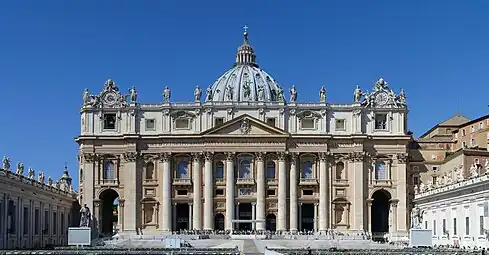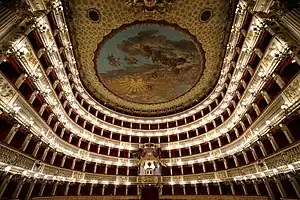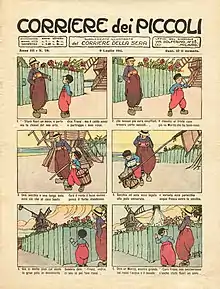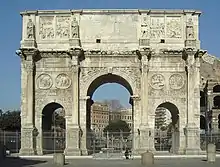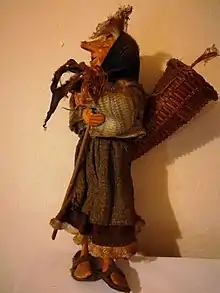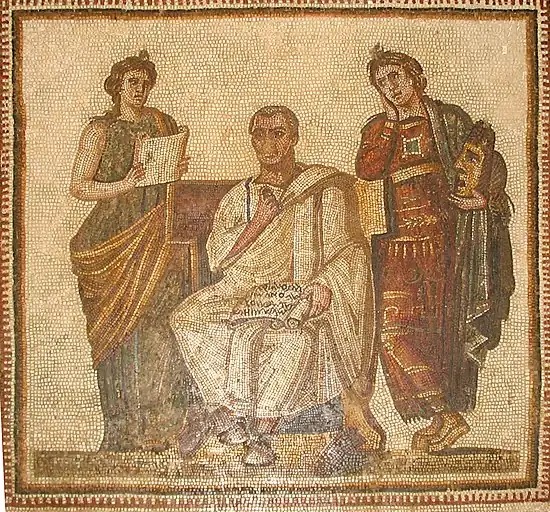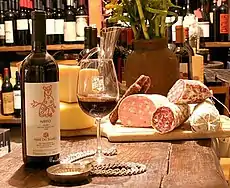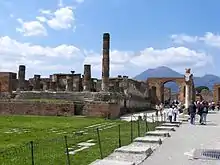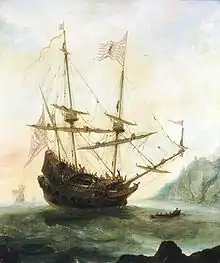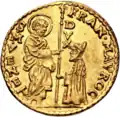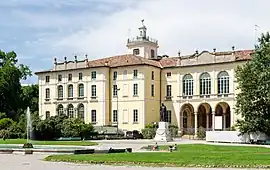The Italy portal | ||||||
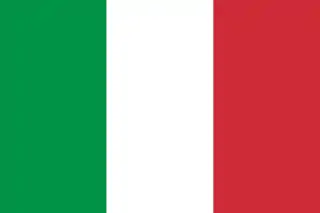 |
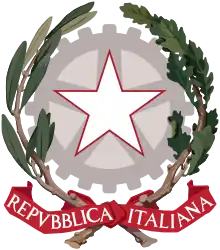 |
 | |
Italy (Italian: Italia [iˈtaːlja] ⓘ), officially the Italian Republic (Italian: Repubblica Italiana [reˈpubblika itaˈljaːna]), is a country in Southern and Western Europe. Located in the middle of the Mediterranean Sea, it consists of a peninsula delimited by the Alps and surrounded by several islands. Italy shares land borders with France, Switzerland, Austria, Slovenia and the enclaved microstates of Vatican City and San Marino. It has a territorial exclave in Switzerland (Campione) and an archipelago in the African Plate (Pelagie Islands). Italy covers an area of 301,340 km2 (116,350 sq mi), with a population of nearly 60 million; it is the tenth-largest country by land area in the European continent and the third-most populous member state of the European Union. Its capital and largest city is Rome.
The Italian peninsula was historically the native place and destination of numerous ancient peoples. The Latin city of Rome in central Italy, founded as a Kingdom, became a Republic that conquered the Mediterranean world and ruled it for centuries as an Empire. With the spread of Christianity, Rome became the seat of the Catholic Church and of the Papacy. During the Early Middle Ages, Italy experienced the fall of the Western Roman Empire and inward migration from Germanic tribes. By the 11th century, Italian city-states and maritime republics expanded, bringing renewed prosperity through commerce and laying the groundwork for modern capitalism. The Italian Renaissance flourished in Florence during the 15th and 16th centuries and spread to the rest of Europe. Italian explorers also discovered new routes to the Far East and the New World, helping to usher in the European Age of Discovery. However, centuries of rivalry and infighting between the Italian city-states among other factors left the peninsula divided into numerous states until the late modern period. During the 17th and 18th centuries, the Italian economic and commercial importance significantly waned. (Full article...)
Selected article -
.svg.png.webp)
Vatican City (/ˈvætɪkən/ ⓘ), officially the Vatican City State (Italian: Stato della Città del Vaticano; Latin: Status Civitatis Vaticanae), is a landlocked independent country, city-state, microstate, and enclave within Rome, Italy. It became independent from Italy in 1929 with the Lateran Treaty, and it is a distinct territory under "full ownership, exclusive dominion, and sovereign authority and jurisdiction" of the Holy See, itself a sovereign entity under international law, which maintains the city-state's temporal power and governance, diplomatic, and spiritual independence. With an area of 49 hectares (121 acres) and as of 2023 a population of about 764, it is the smallest state in the world both by area and by population. As governed by the Holy See, Vatican City State is an ecclesiastical or sacerdotal-monarchical state ruled by the Pope, who is the bishop of Rome and head of the Catholic Church. The highest state functionaries are all Catholic clergy of various origins. After the Avignon Papacy (1309–1377) the popes have mainly resided at the Apostolic Palace within what is now Vatican City, although at times residing instead in the Quirinal Palace in Rome or elsewhere. The Vatican is also a metonym for the Holy See.
The Holy See dates back to early Christianity and is the principal episcopal see of the Catholic Church, which has approximately 1.329 billion baptised Catholics in the world in the Latin Church and 23 Eastern Catholic Churches. The independent state of Vatican City, on the other hand, came into existence on 11 February 1929 by the Lateran Treaty between the Holy See and Italy, which spoke of it as a new creation, not as a vestige of the much larger Papal States (756–1870), which had previously encompassed much of Central Italy. (Full article...)Selected picture -
Did you know... -
- ...that the first Prime Minister of Italy, Camillo Benso, conte di Cavour was also one of the first landowners in Italy to use chemical fertilizers?
- ... that the Wehrmacht and the Waffen-SS were thought to have committed war crimes against Italians during World War II in retaliation for Italy's surrender?
Selected fare or cuisine -
List of fare/cuisine articles |
|---|
Categories
General images -
Topics
Related portals
Associated Wikimedia
The following Wikimedia Foundation sister projects provide more on this subject:
-
 Commons
Commons
Free media repository -
 Wikibooks
Wikibooks
Free textbooks and manuals -
 Wikidata
Wikidata
Free knowledge base -
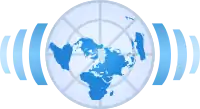 Wikinews
Wikinews
Free-content news -
 Wikiquote
Wikiquote
Collection of quotations -
 Wikisource
Wikisource
Free-content library -
 Wikispecies
Wikispecies
Directory of species -
 Wikiversity
Wikiversity
Free learning tools -
 Wikivoyage
Wikivoyage
Free travel guide -
 Wiktionary
Wiktionary
Dictionary and thesaurus
-
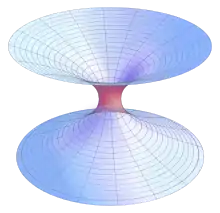 List of all portalsList of all portals
List of all portalsList of all portals -
 The arts portal
The arts portal -
 Biography portal
Biography portal -
 Current events portal
Current events portal -
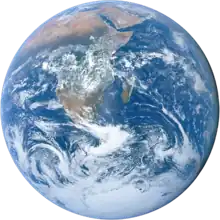 Geography portal
Geography portal -
 History portal
History portal -
 Mathematics portal
Mathematics portal -
 Science portal
Science portal -
 Society portal
Society portal -
 Technology portal
Technology portal -
 Random portalRandom portal
Random portalRandom portal -
 WikiProject PortalsWikiProject Portals
WikiProject PortalsWikiProject Portals
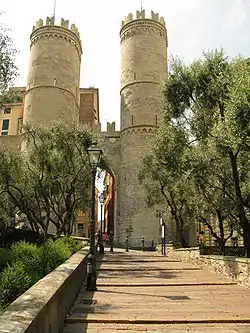
.jpg.webp)
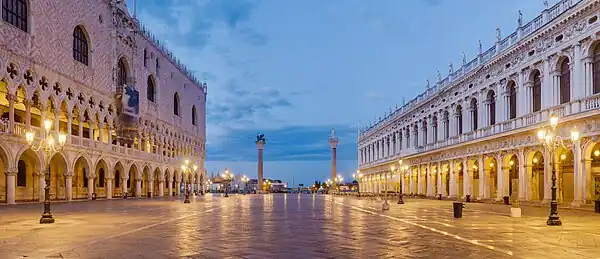
.jpg.webp)


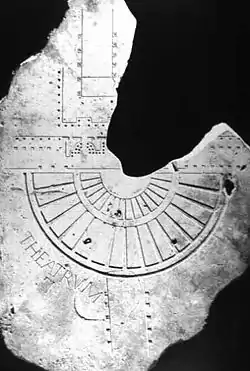
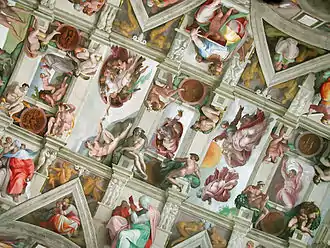

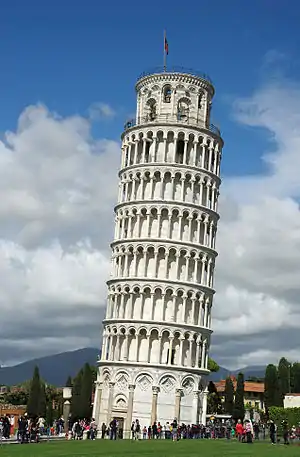
.jpg.webp)

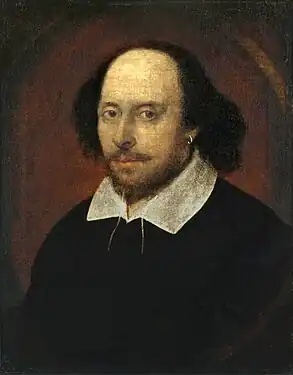



.jpg.webp)
.jpg.webp)
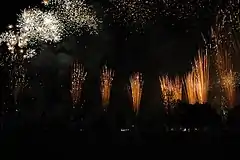
.jpg.webp)
.jpg.webp)
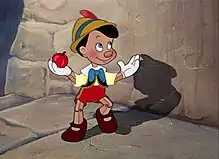


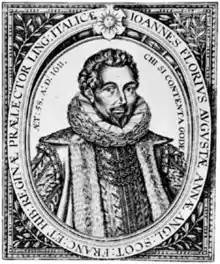

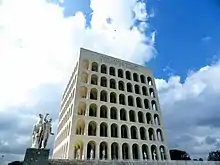
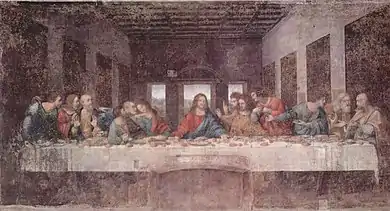
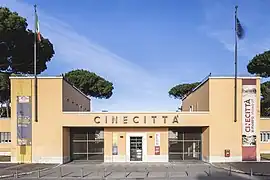
_by_William_Hogarth.jpg.webp)
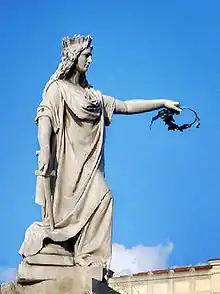
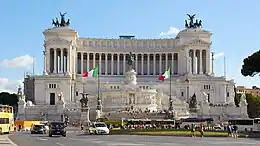
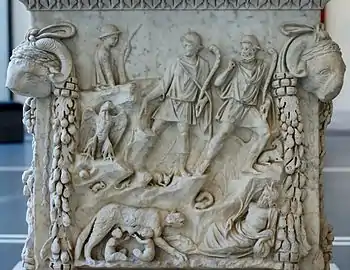
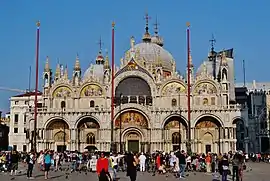
.jpg.webp)
_(4979198162).jpg.webp)
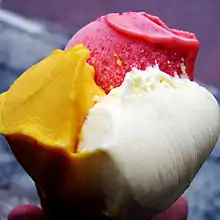

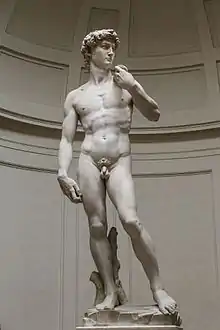
.jpg.webp)




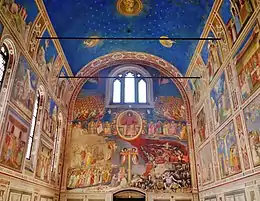
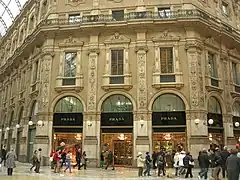
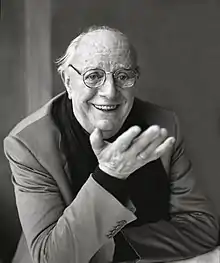


.jpg.webp)
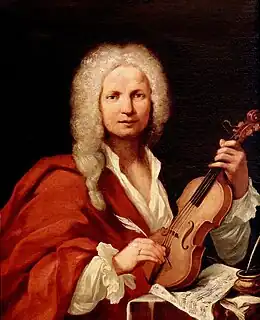
.svg.png.webp)
_20.JPG.webp)




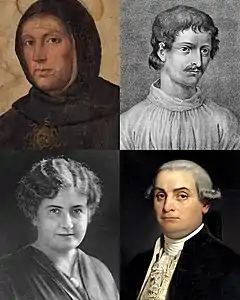

.jpg.webp)
.jpg.webp)
